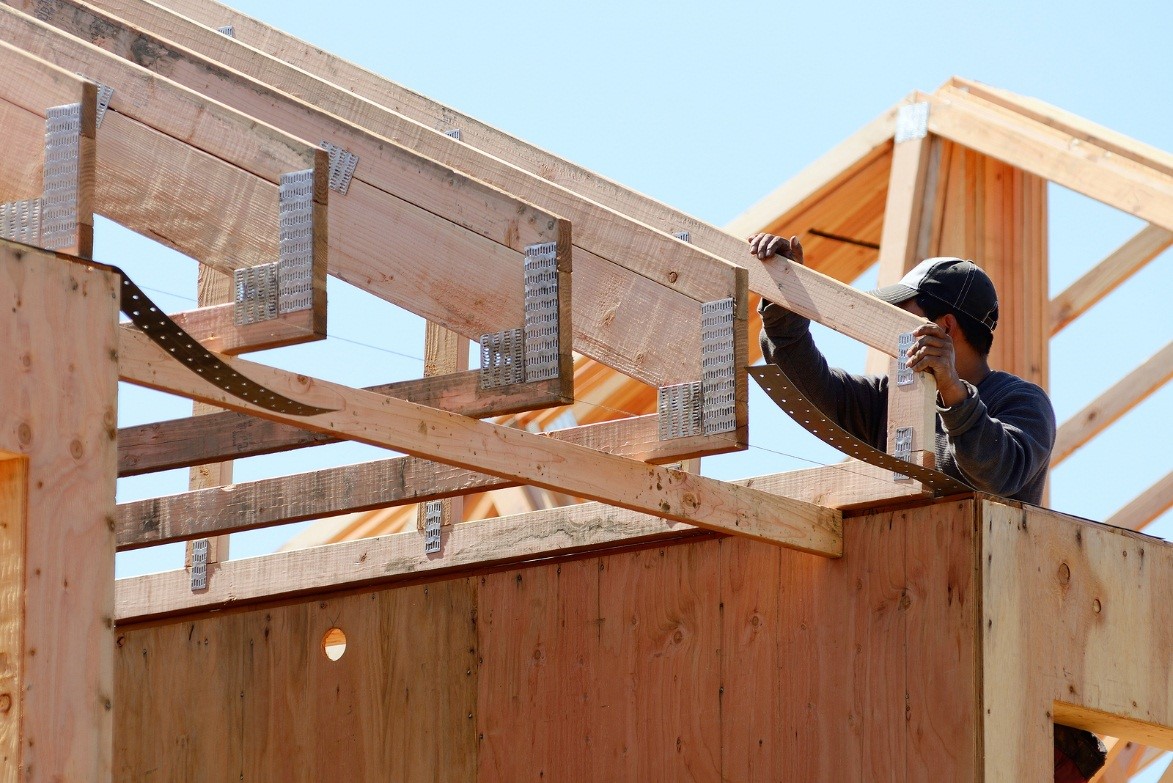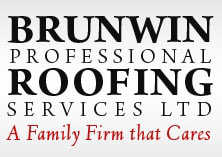Top Causes of Wood Truss Failure Addressed by Croydon Roofing Experts
Posted by: Brunwin Professional Roofing Services Ltd
Date Posted: April 11, 2016
Your roof relies on the immense strength of the truss underneath it. This structure consists of bars of wood or other material that are nailed, bolted, or fastened together. Wooden trusses are very popular in U.K. homes because of the numerous benefits of the material. However, wood is susceptible to many issues that may weaken it and compromise the integrity of your roof. You should call in a Surrey roofing expert to inspect your trusses from time to time if you wish to prolong its life and live safely beneath it. Various issues may make a truss repair inevitable.

Manufacturing and Installation Problems
The joining of wooden planks to make some truss varieties involve the use of metal connector plates. Here, the alignment of the plates is what determines the strength of the resulting joints. If misaligned, the structure becomes weak and may cause issues later on. If the original installation of the roof was done by a party that did not understand how trusses function or failed to observe some of the architect or engineer’s specifications, then a disaster could be brewing.
Before the installation of a truss, the wooden planks must be stored in a dry, flat area that is close to the building site to keep them in shape and minimise movement. The planks may bend, which results in the popping or pulling out of joint connections if the storage area is not flat.
Moisture and Insects
Wood rots and gets attacked by insects when exposed to moisture. These two elements weaken trusses and could result in the caving in of your roof. Insects too make holes on the wooden beams and cause them to weaken. A Croydon roofing expert must carefully inspect the trusses to identify the damaged sections before recommending the most appropriate repair option. Old homes are especially susceptible to these problems, so be wary if you live in one of them.
Faulty Joints
Mortise and Tenon joints and wooden pegs were commonly used in the joining of wooden beams used in old homes’ roofs. Due to insect infestations, these components get eaten away, resulting in the movement of roof beams, which opens up the once strong joints. Weaknesses are, therefore, introduced, making the whole roofing structure unsafe. If metal connector plates are damaged, then the truss does not possess enough strength to carry the weight of the roof.
Your Role
Make periodic inspections of the loft to identify weaknesses in your truss. Ensure to carry out this exercise after incidents of heavy snowfall or strong winds. Most importantly, call in a roofing expert such as Brunwin Professional Roofing Services Ltd. to carry out all repairs since DIY attempts could cause more problems.
Sources:
(Roof Trusses - Find out all About the Different Types Available and How to Repair Roof Trusses That Have Been Damaged by Damp, Rot or Insect Attack, DIYDoctor.org.uk)
(The Seven Deadly Sins of Trussed Rafter Construction, LocalSurveyorsDirect.co.uk)
